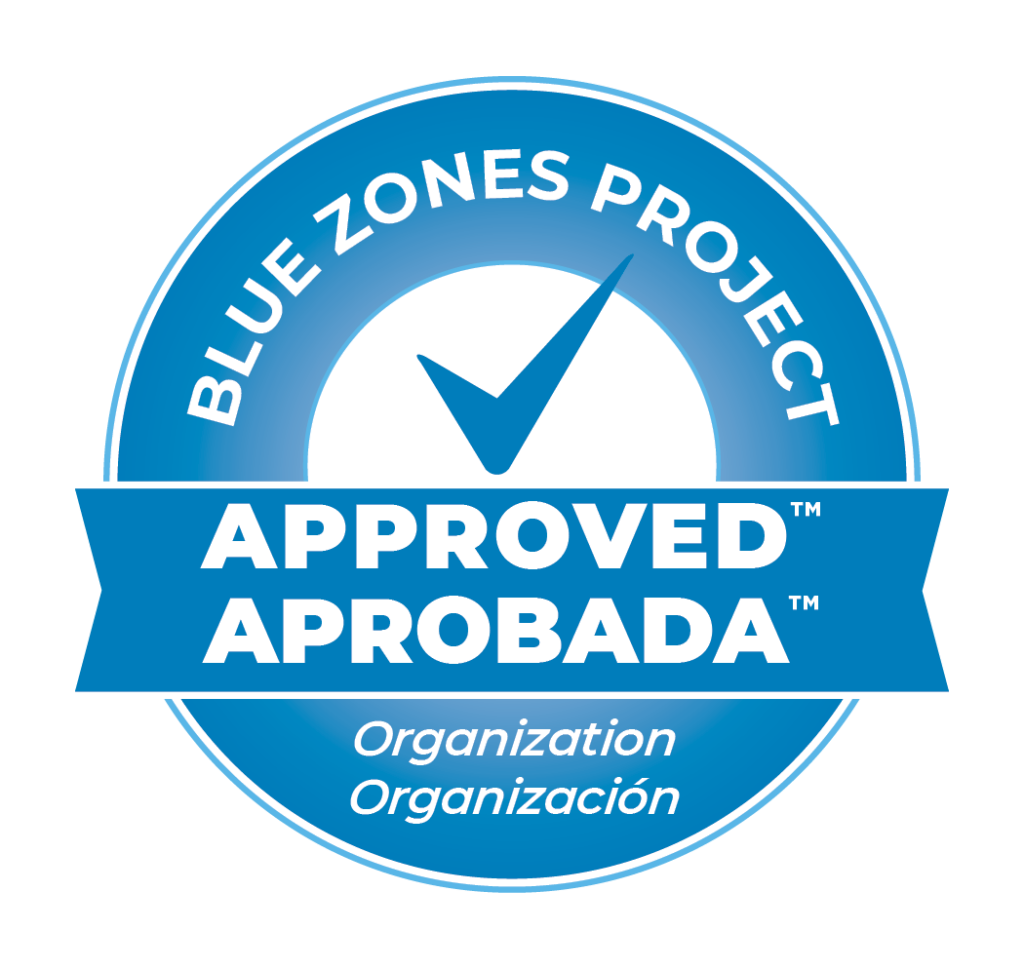[vc_row type=”in_container” full_screen_row_position=”middle” scene_position=”center” text_color=”dark” text_align=”left” overlay_strength=”0.3″ shape_divider_position=”bottom” bg_image_animation=”none”][vc_column column_padding=”no-extra-padding” column_padding_position=”all” background_color_opacity=”1″ background_hover_color_opacity=”1″ column_link_target=”_self” column_shadow=”none” column_border_radius=”none” width=”1/1″ tablet_width_inherit=”default” tablet_text_alignment=”default” phone_text_alignment=”default” column_border_width=”none” column_border_style=”solid” bg_image_animation=”none”][image_with_animation image_url=”11529″ alignment=”” animation=”Fade In” border_radius=”none” box_shadow=”none” max_width=”100%”][/vc_column][/vc_row][vc_row type=”in_container” full_screen_row_position=”middle” scene_position=”center” text_color=”dark” text_align=”left” overlay_strength=”0.3″ shape_divider_position=”bottom” bg_image_animation=”none”][vc_column column_padding=”no-extra-padding” column_padding_position=”all” background_color_opacity=”1″ background_hover_color_opacity=”1″ column_link_target=”_self” column_shadow=”none” column_border_radius=”none” width=”1/1″ tablet_width_inherit=”default” tablet_text_alignment=”default” phone_text_alignment=”default” column_border_width=”none” column_border_style=”solid” bg_image_animation=”none”][vc_column_text]
SUICIDE PREVENTION RESOURCES
NATIONAL SUICIDE PREVENTION LIFELINE
Call 1-800-273-TALK (8255)
- Free 24/7 support for anyone in suicidal crisis
- Call from anywhere in the United States. You will be routed to the closest crisis center in your area. Call for yourself or someone you care about. Your call is free and confidential.
- Never ignore or underestimate remarks about suicide. If you think your friend is in immediate danger, do not leave them alone— stay there and call 911 or the lifeline.
Text “Brave” to 741-741
- Free 24/7 support for anyone in crisis
- Text from anywhere in the United States, anytime, about any type of crisis. A real-life human being will receive the text and respond, all from a secure online platform. This trained, volunteer, crisis counselor will help you move from a hot moment to a cool moment.
TREVOR PROJECT
Call 1-866-488-7386
- Free, confidential, 24/7. Crisis intervention and suicide prevention services for lesbian, gay, bisexual, transgender and questioning (LGBTQ) young people. To view other services info (like text and chat options) and times of availability, visit org.
- Depression, anxiety, substance abuse, discrimination, homophobia, violence, gender nonconformity, self-esteem issues, societal attitudes, family, religion and school, all are risk factors uniquely molded within the LGBT community.
Risk Factors for Suicide
Research has found that more than half of people (54%) who died by suicide did not have a known mental health condition. Several other things may put a person at risk of suicide, including:
- A family history of suicide.
- Substance abuse. Drugs and alcohol can result in mental highs and lows that exacerbate suicidal thoughts.
- Intoxication. More than one in three people who die from suicide are found to be currently under the influence.
- Access to firearms.
- A serious or chronic medical illness.
- Gender. Although more women than men attempt suicide, men are four times more likely to die by suicide.
- A history of trauma or abuse.
- Prolonged stress.
- Isolation.
- Age. People under age 24 or above age 65 are at a higher risk for suicide.
- A recent tragedy or loss.
- Agitation and sleep deprivation.
Other Sources:
Sources:
www.cdc.gov/drugoverdose/epidemic/index/html
https://suicidepreventionlifeline.org
Online Resources:
American Foundation for Suicide Prevention
https://afsp.org/
American Association of Suicidology
https://www.suicidology.org/about-aas/national-suicide-prevention-week
[/vc_column_text][/vc_column][/vc_row][vc_row type=”in_container” full_screen_row_position=”middle” scene_position=”center” text_color=”dark” text_align=”left” overlay_strength=”0.3″ shape_divider_position=”bottom” bg_image_animation=”none”][vc_column column_padding=”no-extra-padding” column_padding_position=”all” background_color_opacity=”1″ background_hover_color_opacity=”1″ column_link_target=”_self” column_shadow=”none” column_border_radius=”none” width=”1/1″ tablet_width_inherit=”default” tablet_text_alignment=”default” phone_text_alignment=”default” column_border_width=”none” column_border_style=”solid” bg_image_animation=”none”][nectar_btn size=”small” button_style=”see-through-2″ hover_text_color_override=”#ffffff” icon_family=”none” url=”http://interiminc.org/programs/” text=”Reach out for help” margin_right=”20″][nectar_btn size=”small” button_style=”see-through-2″ hover_text_color_override=”#ffffff” icon_family=”none” url=”https://visitor.r20.constantcontact.com/manage/optin?v=001EHs8nXD-JT8ET9I6bsb8Qz7BUNzeIGewN9M0bWPLSO1vb6KhUV168Qp6OIkP7FuOYMz2uvZ7pG0qtRtFCH3YHmXOV6JzlwCt3KQLLK0zeCzh73fspqL3b2dh7K5EHbJ1BFijmpDPcZ26_NBdCLO91OrQhUZ0n9KZr1UlDW6kbT7l-cJ3yijW0c3vcA-B2DHfoDqzMzg2VS00sNw3tvQhMro182dM8Qqwy3HFVWfPT3BHZwlpBkwT4Q%3D%3D” text=”Sign up for our newsletter”][/vc_column][/vc_row]




